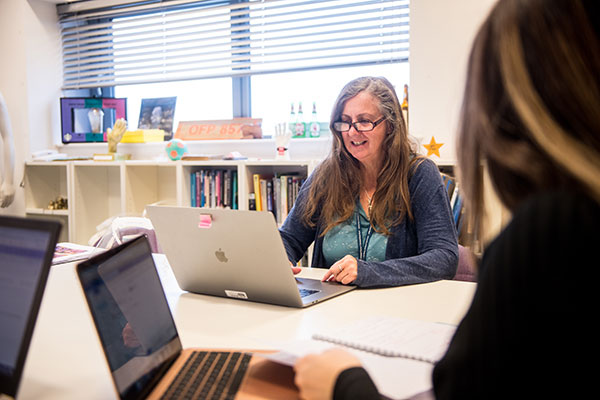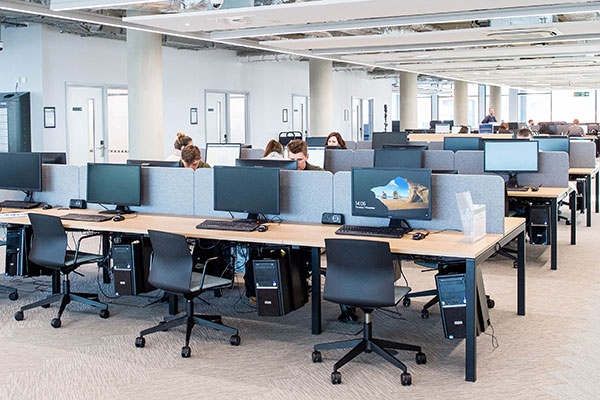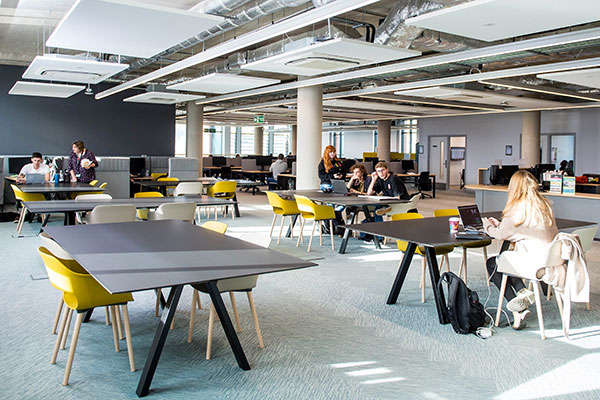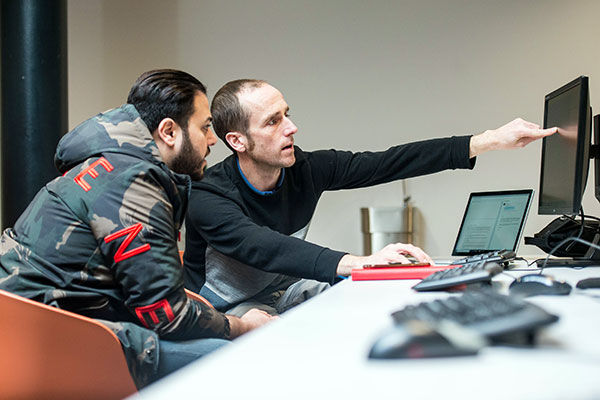
Introduction and Scope
This Strategy builds on the previous IT&S Strategy 2017-2020 and focuses on how we aim to provide Information Technology (IT) Services for the period 2021-2024.
IT Services make up two (the IT Service Delivery Unit and the IT Systems & Infrastructure Unit) of the four units within the Digital Services Directorate which was established in early 2020.
The new Directorate aligns key University strategies to underpin a new Learning and Teaching approach focussing on the institution’s digital capacity.
This document sets out IT’s vision, strategic objectives, and the high-level themes which support them. It considers the wider UWTSD group, exploring opportunities to collaborate, and discusses how IT’s vision relates to the UWTSD Digital Strategy 2021-2023 and the overall University Strategy. It concludes by providing implementation and investment profiles with SMART annual action plans which will be used to monitor the delivery of the objectives over the coming three years.
Whilst this primarily is a University Strategy, it allows for alignment and collaboration with the University Group.
University Themes
Putting Learners First
Excellence in Teaching Scholarship & Applied Research
Creation of opportunities through partnerships
A University for Wales
Digital Services Themes
Digital Connectivity
Digital Productivity
Digital Learning
Digital Inclusion
Digital Capabilities
Digital Innovation
IT Objectives
Simple available and cyber secure
Infrastructure keeping pace
Enabling Data-driven decisions ensuring inclusitivity & satisfacton
Learner focused & innovative
Proactive not reactive





